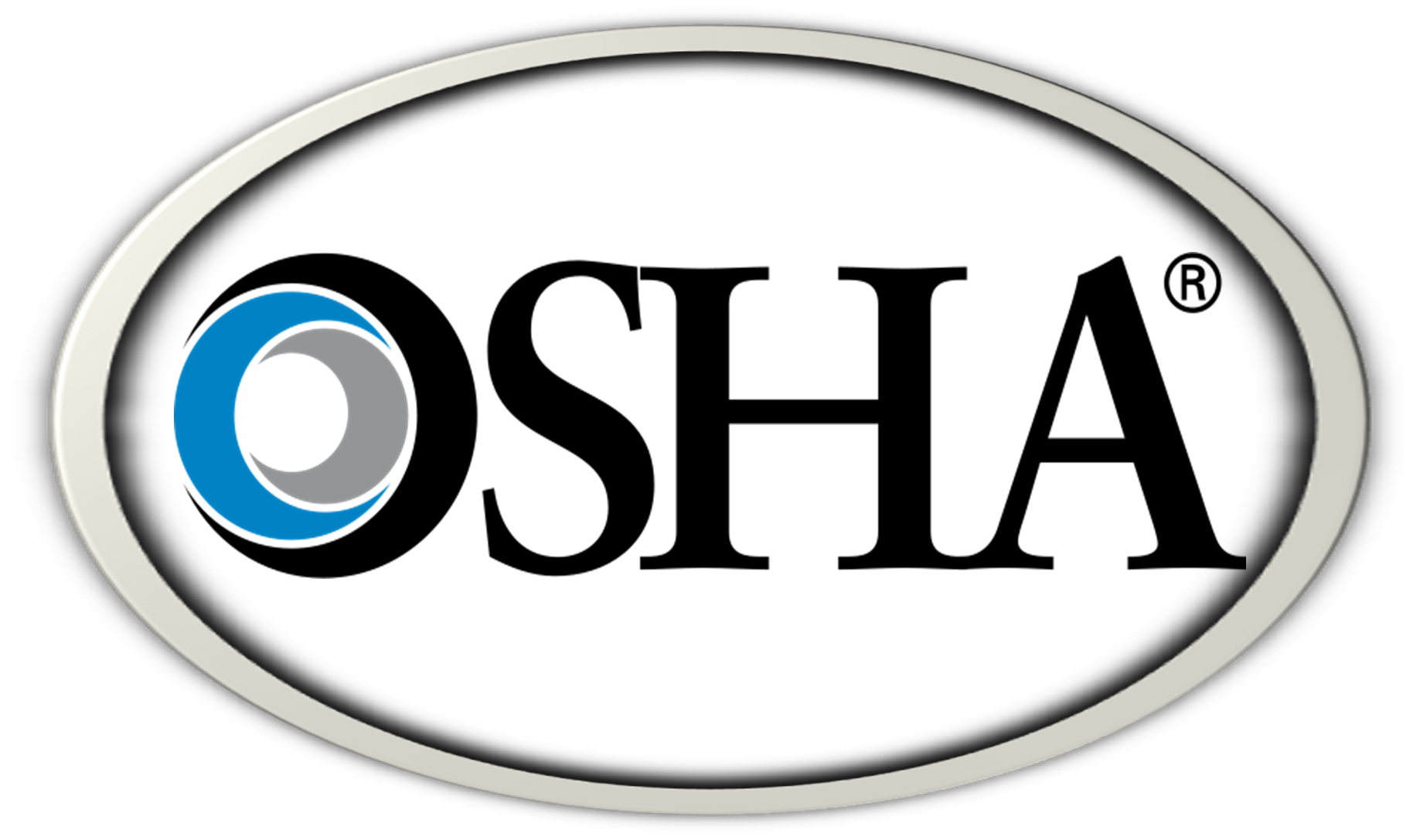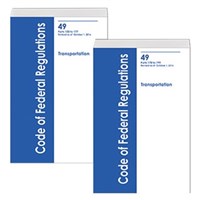The Safety Data Sheet and Transportation
25th Oct 2016
First a little history. The administrative law for our federal government is The Code of Federal Regulations, commonly referred to as CFR. There are 50 titles. 49CFR governs hazardous materials or dangerous goods in transportation. 40CFR outlines requirements by the Environmental Protection Agency (EPA), and 29CFR outlines the requirements by the Occupational Safety and Health Administration or OSHA. OSHA governs hazardous materials in the workplace.

OSHA is an agency within the Department of Labor and was established in 1971. So for 45 – 46 years they’ve been making our workplaces safer. One of their prominent tools is called the Hazard Communication Standard, 29CFR, 1910.1200. Appendix C, which lays out the requirements for the Safety Data Sheet (SDS) formally called the Material Safety Data Sheet (MSDS). This Hazcom standard requires manufacturers to classify hazards of all chemicals they produce or import, and for all employers to convey or communicate this information to their employees. Thus the SDS.
Now enter the GHS – Global Harmonization System. Which was born at the United Nations in 1992 and is just now beginning to crawl. The GHS is the international standard which governs dangerous goods in the workplace. Although born in 1992, many member countries at the United Nations have only just begun to implement these standards. One of the biggest proponents of the new GHS requirements, is you guessed it, the SDS.
Our American OSHA has implemented the new GHS standards and modified the Hazard Communication Standard – the SDS to go along with the new international standard. The SDS has been standardized internationally. It now has 16 specific sections all providing pertinent hazard information unique to that product or chemical. Keep in mind this information; this communication standard was designed to protect employees in the workplace. However, the SDS tells us how to react in the event of a spill, fire, or contamination. It tells us how to perform first aid, what to do if swallowed or inhaled. In Section 14 it even provides transportation information based on United Nation standards. Many times in Section 14 we’ll find specific transportation requirements for the International Civil Aviation Organization (ICAO), 49CFR, and the International Maritime Dangerous Goods (IMDG) Code.
 If that’s not enough to compel you to use the SDS with your hazmat shipment, maybe this will. 49CFR, which I like to call our American law, Section 172.602 is a requirement for us to provide emergency response information on a document other than the shipping paper with our hazmat shipment. It requires the same information contained on a SDS: Proper Shipping Name, UN Number, hazards to health, how to react to a fire, spill, or leak, first aid measures. By using the SDS with our hazmat shipments we usually comply with our American law.
If that’s not enough to compel you to use the SDS with your hazmat shipment, maybe this will. 49CFR, which I like to call our American law, Section 172.602 is a requirement for us to provide emergency response information on a document other than the shipping paper with our hazmat shipment. It requires the same information contained on a SDS: Proper Shipping Name, UN Number, hazards to health, how to react to a fire, spill, or leak, first aid measures. By using the SDS with our hazmat shipments we usually comply with our American law.
Check to make sure the SDS is current and for the correct product you are shipping. Make sure it shows all the information required by 49CFR, 172.602. What if the SDS does not have all the pertinent information required? You can also comply using the North American Emergency Response Guidebook available free online at: http://www.phmsa.dot.gov/staticfiles/PHMSA/DownloadableFiles/Files/Hazmat/ERG2016.pdf
You simply look up your UN Number or Proper Shipping which refers you to a guide page. Print that guide page and provide it with your shipment to comply with 172.602. Be sure to include the Proper Shipping Name and UN Number on the guide page.
Labels. The DOT calls them hazard warning labels. OSHA calls them pictograms. Remember these labels identify chemicals and materials hazardous in the workplace – not in transportation. Although the OSHA pictograms are eerily similar to our DOT hazard warning labels, they do not represent the definitions of the of the nine different hazard classes we have in transportation. Again, these pictograms are a requirement for manufacturers to identify and communicate hazardous materials to their employees in the workplace.
OSHA says, Appendix C.2.3.3, if the package already contains a DOT pictogram, an OSHA pictogram shall not appear. The DOT is not so generous with its reciprocity.
Bottom line - the SDS is a great tool to use when shipping dangerous goods. Make sure it has all the information required by 172.602. Make sure it’s up to date and for the product you are shipping.
DGI Training

